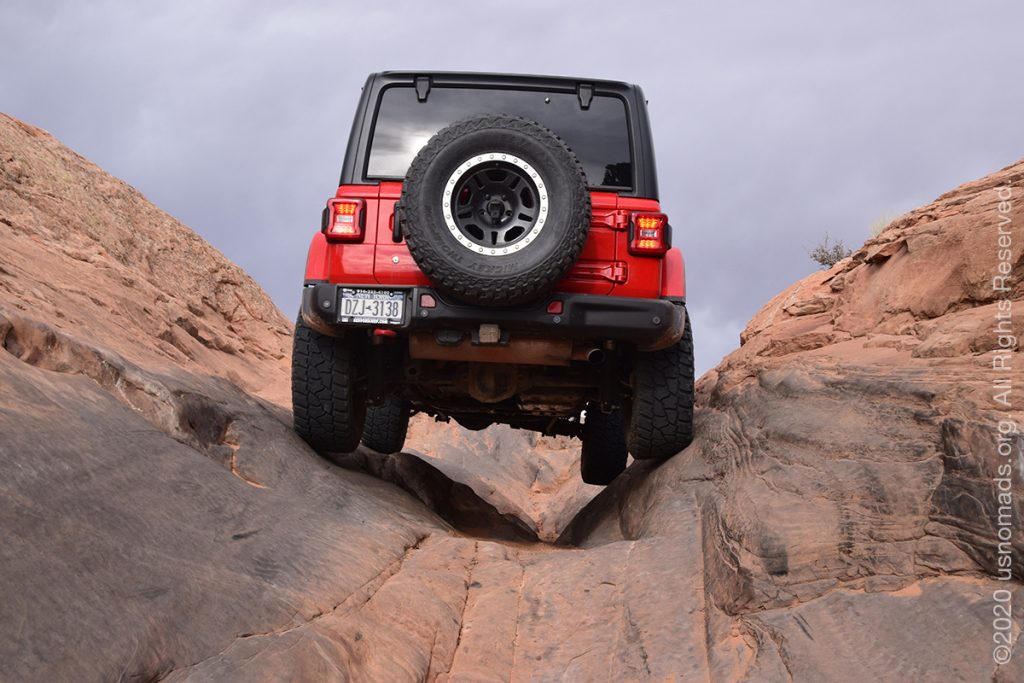

Some of the headstones in the cemetery are wooden and cracked, the names long since eroded away. I can’t imagine living someplace as remote as this, but I feel strangely connected at the same time,” Merrill said. I’ve wanted to visit this cemetery for some time. Scott worked for the Railroad and was Woodside’s postmaster and Justice of the Peace. According to family records, the two met at the Golden Spike Ceremony in 1869. Mary was born in Council Bluffs, Iowa and followed the Mormon Trail west in a covered wagon. I learned Scott was born in Pennsylvania and came west with railroad expansion in the 1860s. “I found photos of the graves of Scott Marshall Miller and Mary Ann Curtis Miller on. “A few years ago, I became interested in my family history,” Merrill said. “In fact, I’m related to about half of those buried in this tiny plot of ground.” “It’s the final resting place of my 2 nd great-grandparents and five of their eight children,” she said. For Kym Merrill, the cemetery is what draws her here.

The one piece of property not included in the town’s sale is Woodside Cemetery. For a cool $3.9 million, Woodside and 700 acres surrounding it can be yours. Several years ago, the town’s owner put the whole thing on the market. Today, an old shuttered gas station is the only thing visible as cars speed by on Highway 6 across a barren and remote stretch of ground between Price and Moab, Utah. However, within a generation, the railroad moved out and the geyser slowed to a gurgle. The geyser became a roadside tourist attraction and brought visitors to Woodside for decades. Second, a well dug by the railroad erupted in a 75-foot geyser after naturally occurring carbon dioxide built up. Woodside was famous for two things: In 1897, following a train robbery at Castle Gate, locals helped Butch Cassidy escape authorities when he hid out in a network of tunnels under a house in town. It was a water station for steam engines making the trip across the desert to Grand Junction, Colorado. The town, later named Woodside, reached its peak population of 300 after the turn of the century. In the late 1800s, the Denver and Rio Grande Western Railroad set up shop in a tiny outpost known as Lower Crossing, Utah.


 0 kommentar(er)
0 kommentar(er)
